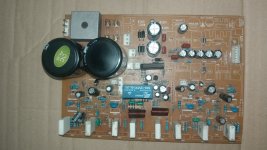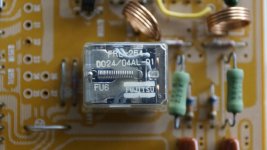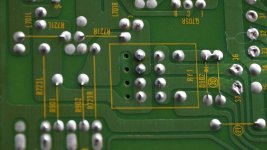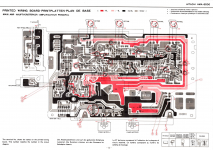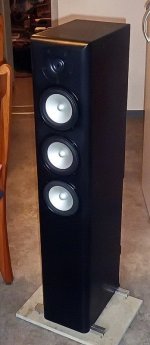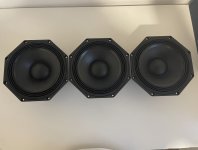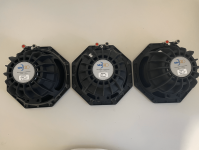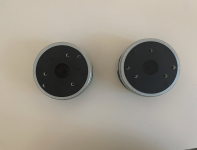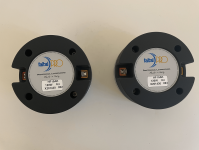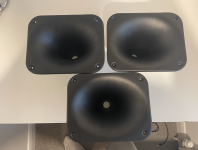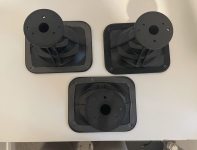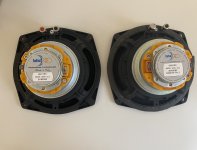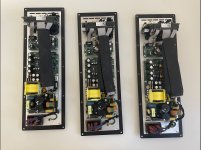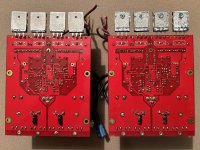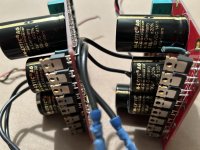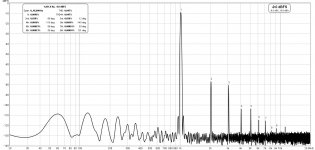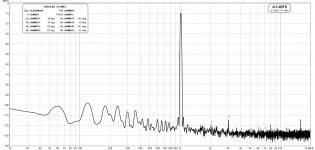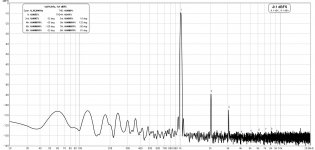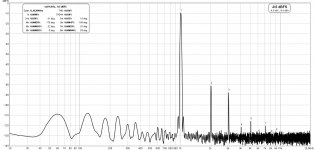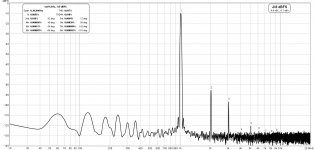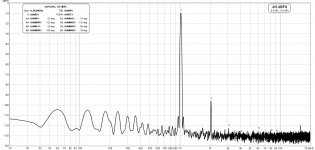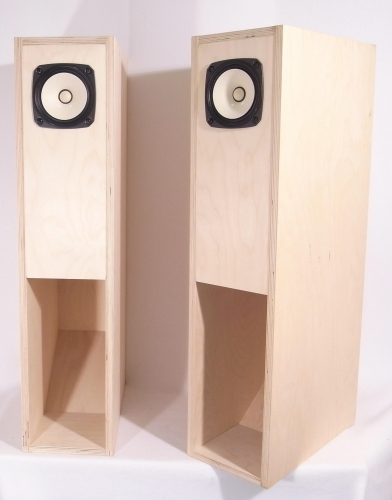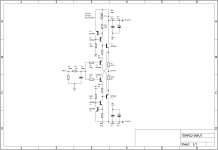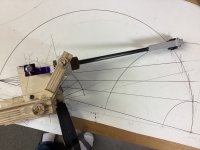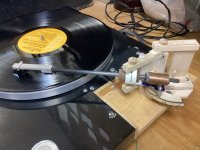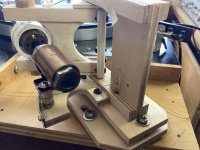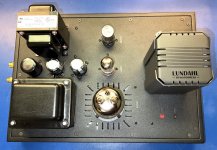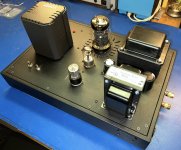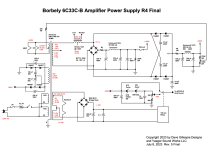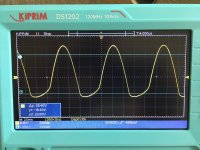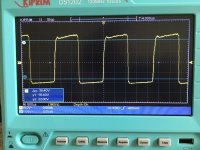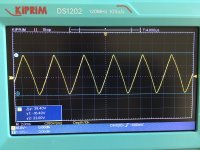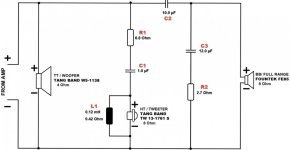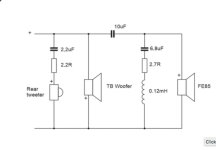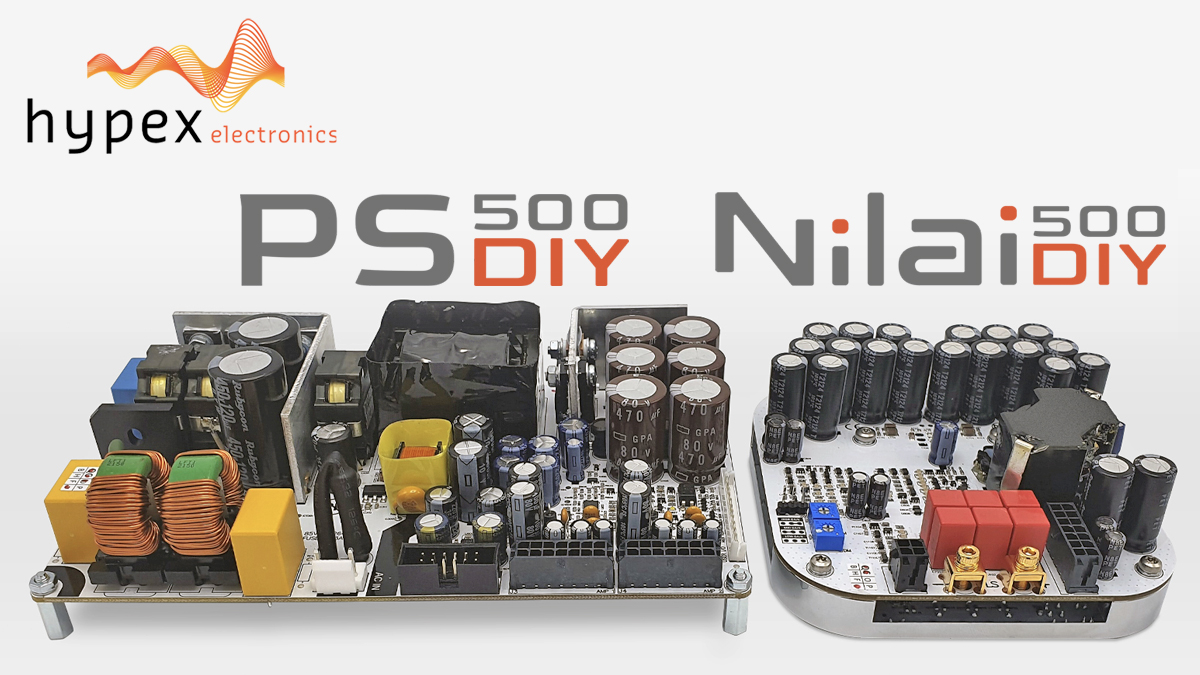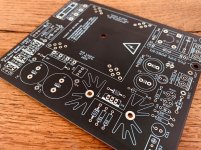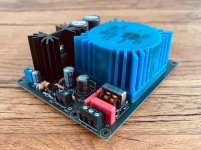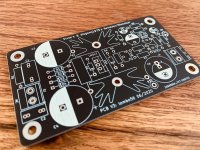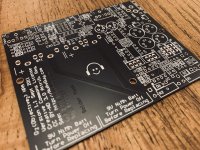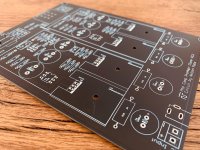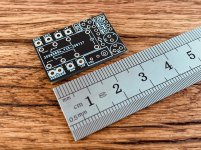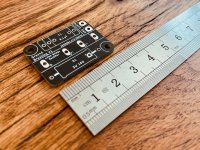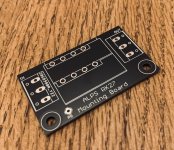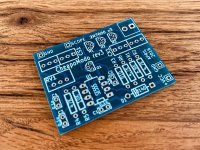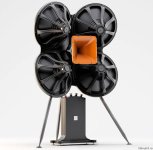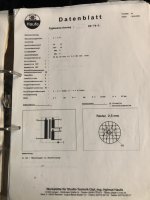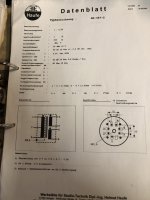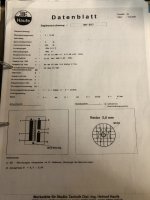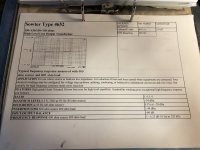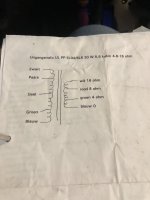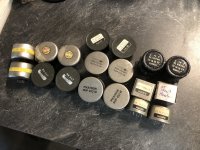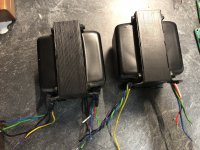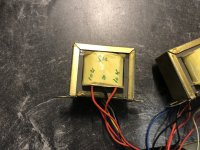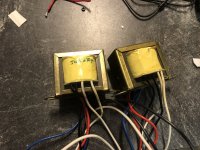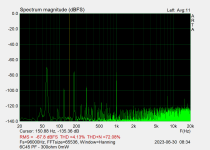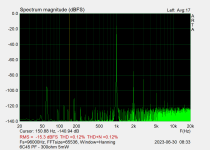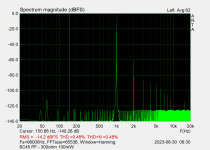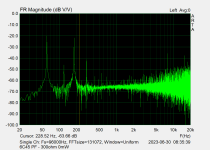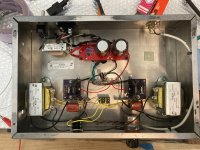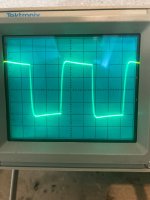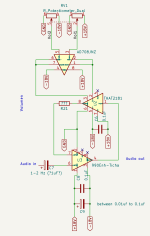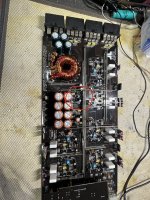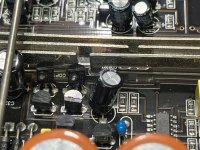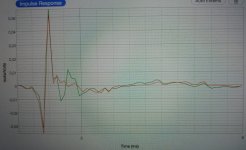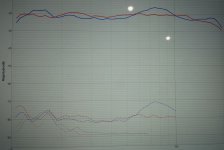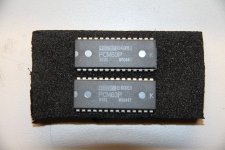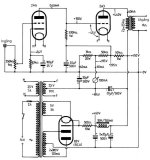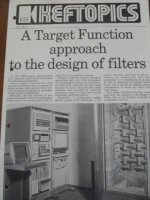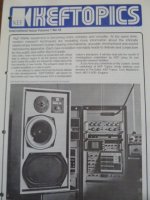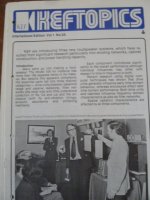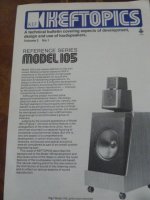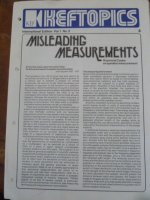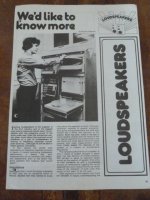I have a few spare PCB's. These are extra boards which I have left over from a fabrication run (due to minimum order requirements) and are therefore sold for DIY purposes only and not for commercial gain. They are to cover board, build and shipping costs to me, not for profit. Once they are gone, they are gone.
PAYMENT AND SHIPPING:
- Payment by Paypal "Friends and Family".
- UK - Free untracked P&P for orders over £5, additional fee for Signed-For.
- EU / USA / Rest Of World - As per Royal Mail: Get a price | Royal Mail Group Ltd, additional fee for tracked.
- Payment within 48 hours before being released from reserve.
- Please reply here followed by a pm if interested.
Die-Noizator 5-36V Linear PSU, PCB designed by me, schematic by Elvee/diegomj1973
D-Noizator: a magic active noise canceller to retrofit & upgrade any 317-based V.Reg.
Single rail positive PSU 5-36V.
Onboard transformer solution (Talema/Amveco/RS Pro toroidal series).
EMI filter, transformer snubber, CRC, LM317, Sziklai Pair Die-Noizator. Extremely low noise PSU.
These are my latest revision (2.1) with compatibility with 110V or 240V mains voltage.
Transformer secondaries can be jumpered parallel or series.
None available £7 each, 100g 'Letter'
- 2x kcom00 (AUS) Dispatched 20th August
- 2x jimk04 (UK) Dispatched 20th August
- 2x mgb1965 (GER) Dispatched 20th August
- 1x sq225917 (UK) Dispatched 7th September
- 1x Mituisho (UK) Dispatched 13th September
Die-Noizator 5-36V, PCB designed by tombo56, schematic by Elvee/diegomj1973
D-Noizator: a magic active noise canceller to retrofit & upgrade any 317-based V.Reg.
Single rail positive PSU 5-36V
Offboard transformer.
None available £4 each, 100g 'Letter'
- 2x kcom00 (AUS) Dispatched 20th August
- 1x kffern (AUS) Dispatched 20th August
Objective 2 Headphone Amplifier designed by NwAvGuy
NwAvGuy: O2 Details
7x available £8 each, 100g 'Letter'
Passlabs ACP+ Headphone / Pre-Amplifier Clone, PCB designed by withmatt
Amp Camp Pre+Headphone Amp - ACP+
None available- £12 each, 200g 'Letter'
- 1x mgb1965 (GER) Dispatched 20th August
- 1x Peppe (SWE) Dispatched 1st September
- 1x Piisami (FIN) Dispatched 1st September
- 1x M_Balou (GER) Dispatched 1st September
MOD: Mini Output Delay for Headphone / Line-level Audio designed by me
MOD: Mini Output Delay - a headphone / line-level audio output delay retrofit PCB
A miniature 2x3cm retrofit board to protect headphones from turn-on/off power transients.
12-35V power input. 0-30 seconds adjustable delay time.
10+ available £4 each, 100g 'Letter'
- 2x mgb1965 (GER) Dispatched 20th August
- 2x Gregje (UK) Dispatched 10th September
- 2x Mituisho (UK) Dispatched 13th September
- 2x SigFire (GER) Dispatched 21st September
- 4x s666foto (NED) Awaiting Payment
Ground Breaking: Earth Loop / Audio Ground Isolator designed by me
A 2x3cm board that helps reduce hum in audio circuits that are attached to a mains earth connection.
x5 available £3 each, 100g 'Letter'
- 2x kcom00 (AUS) Dispatched 20th August
- 5x truepaul (USA) Dispatched 26th August
- 2x Neat Ripple (UK) Dispatched 28th August
- 2x Slinkymalinky (UK) Dispatched 4th September
- 2x avinunca (UK) Dispatched 5th September
- 2x sq225917 (UK) Dispatched 7th September
- 2x Mituisho (UK) Dispatched 13th September
- 2x SigFire (GER) Dispatched 21st September
Alps RK27 Blue Velvet Breakout / Mounting Board designed by Nisbeth
A breakout board for mounting Alps RK27 volume potentiometer.
10+ available £3 each, 100g 'Letter'
- 2x Neat Ripple (UK) Dispatched 28th August
8-Pin SOIC or MSOP/(T)SSOP to DIP Adapter
A miniature board to mount SOIC or MSOP/(T)SSOP integrated chips into DIP sockets. Perfect for op-amp rolling.
10+ available £2 each, 100g 'Letter'
- 2x mgb1965 (GER) Dispatched 20th August
CheapModo Snubber Calculator designed by Mark Johnson
CheapoModo: quick and dirty transformer snubber bellringer jig
A quick and dirty transformer snubber bellringer jig to calculate optimum snubber resistance values.
None available £4 each, 100g 'Letter'
- 1x kcom00 (AUS) Dispatched 20th August
- 1x M_Balou (GER) Dispatched 1st September
